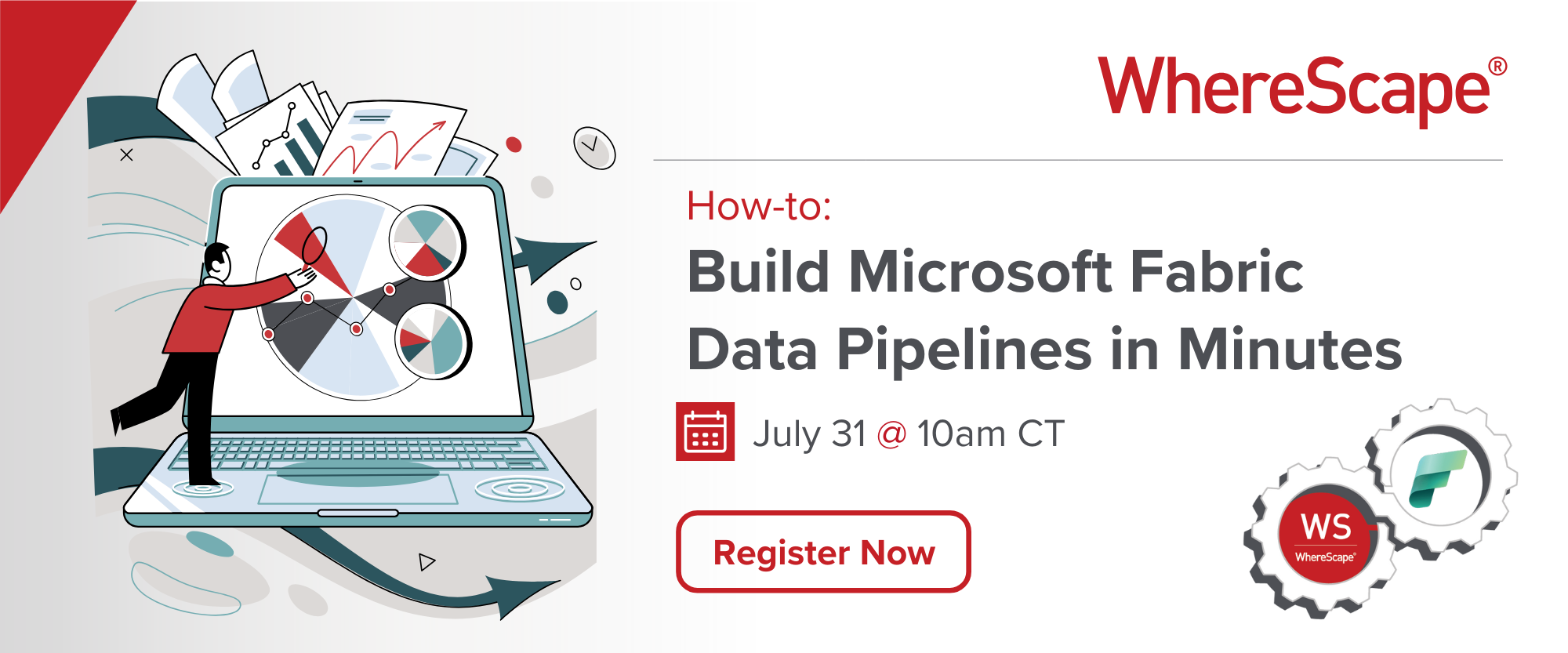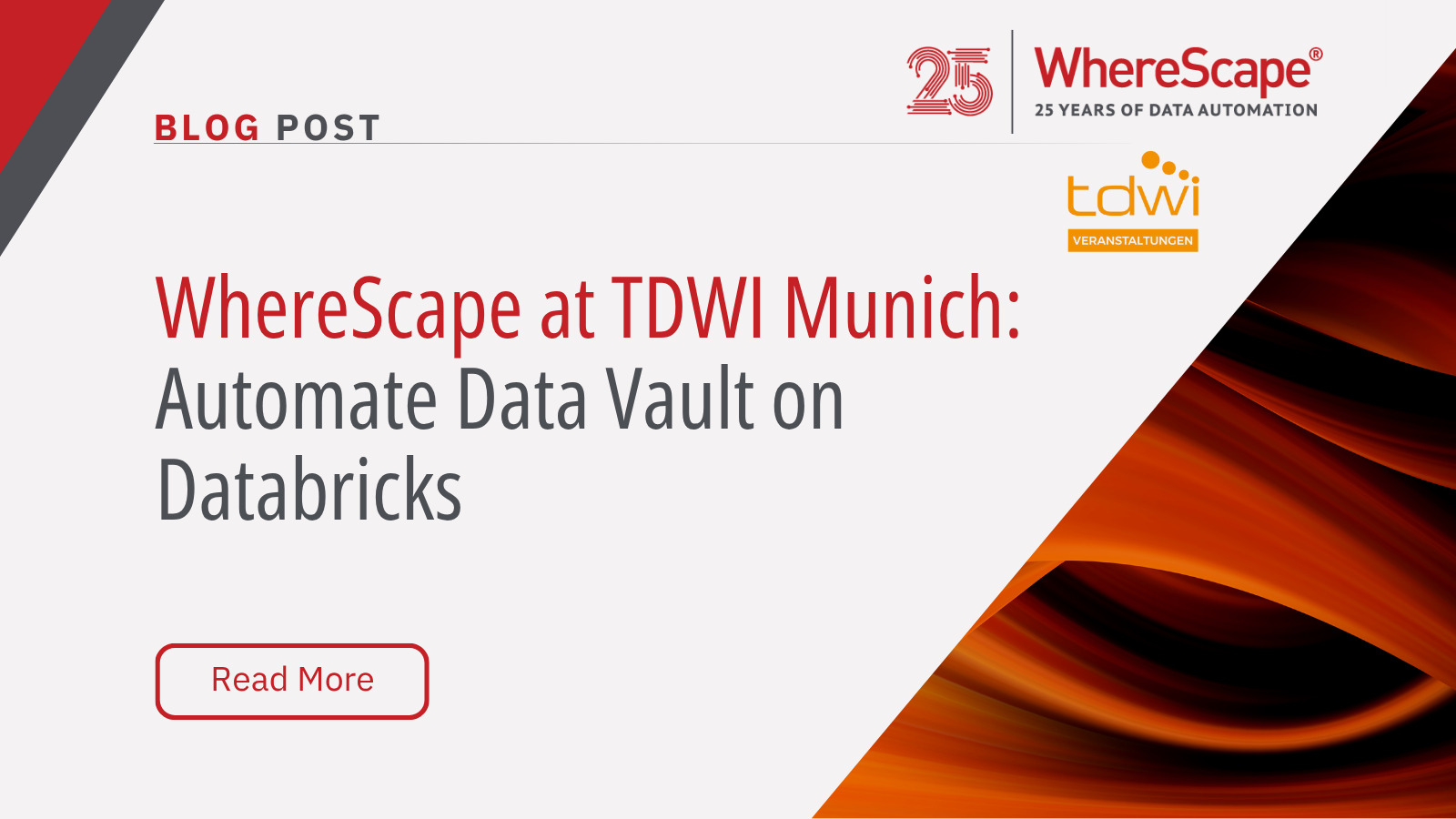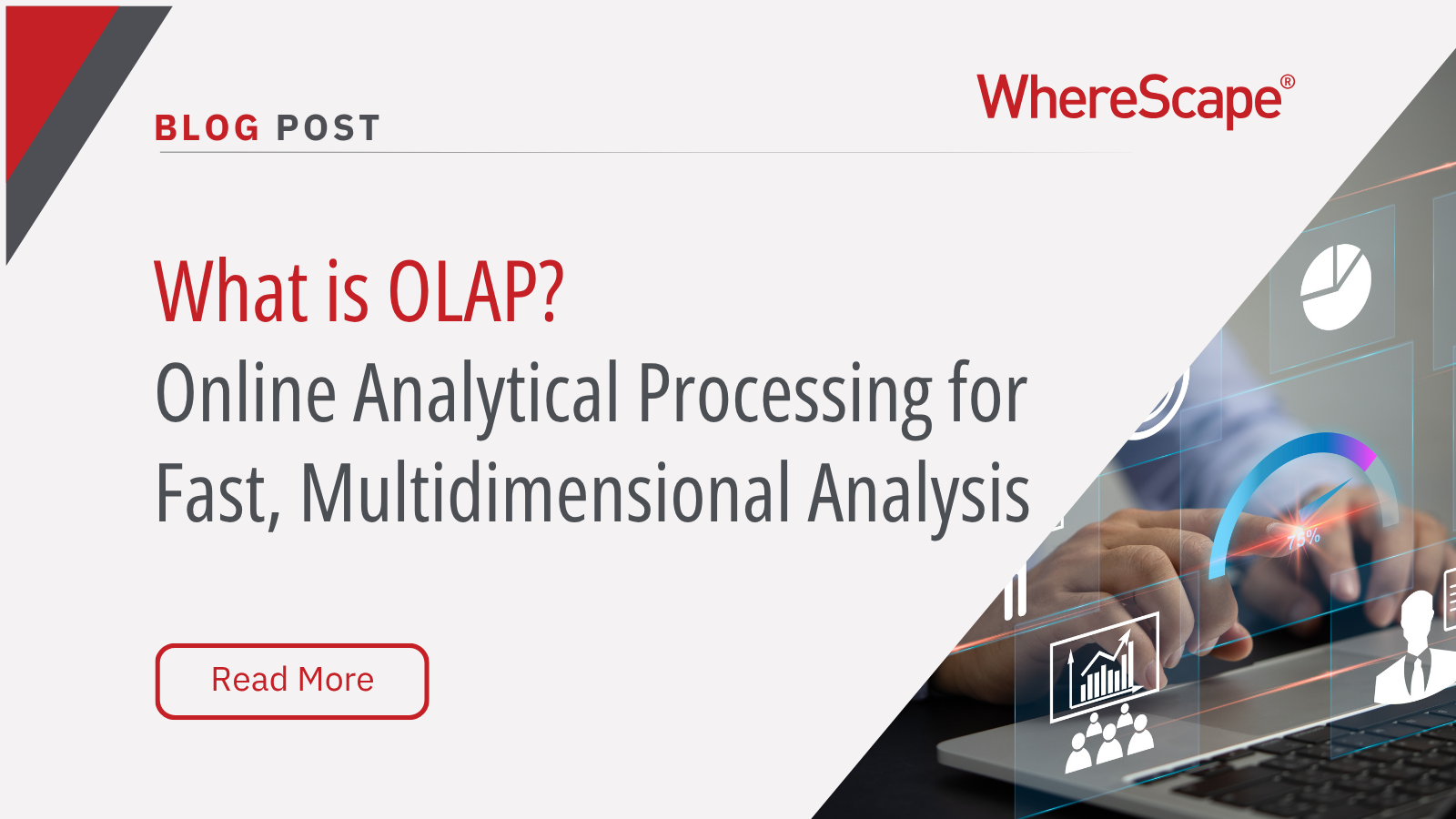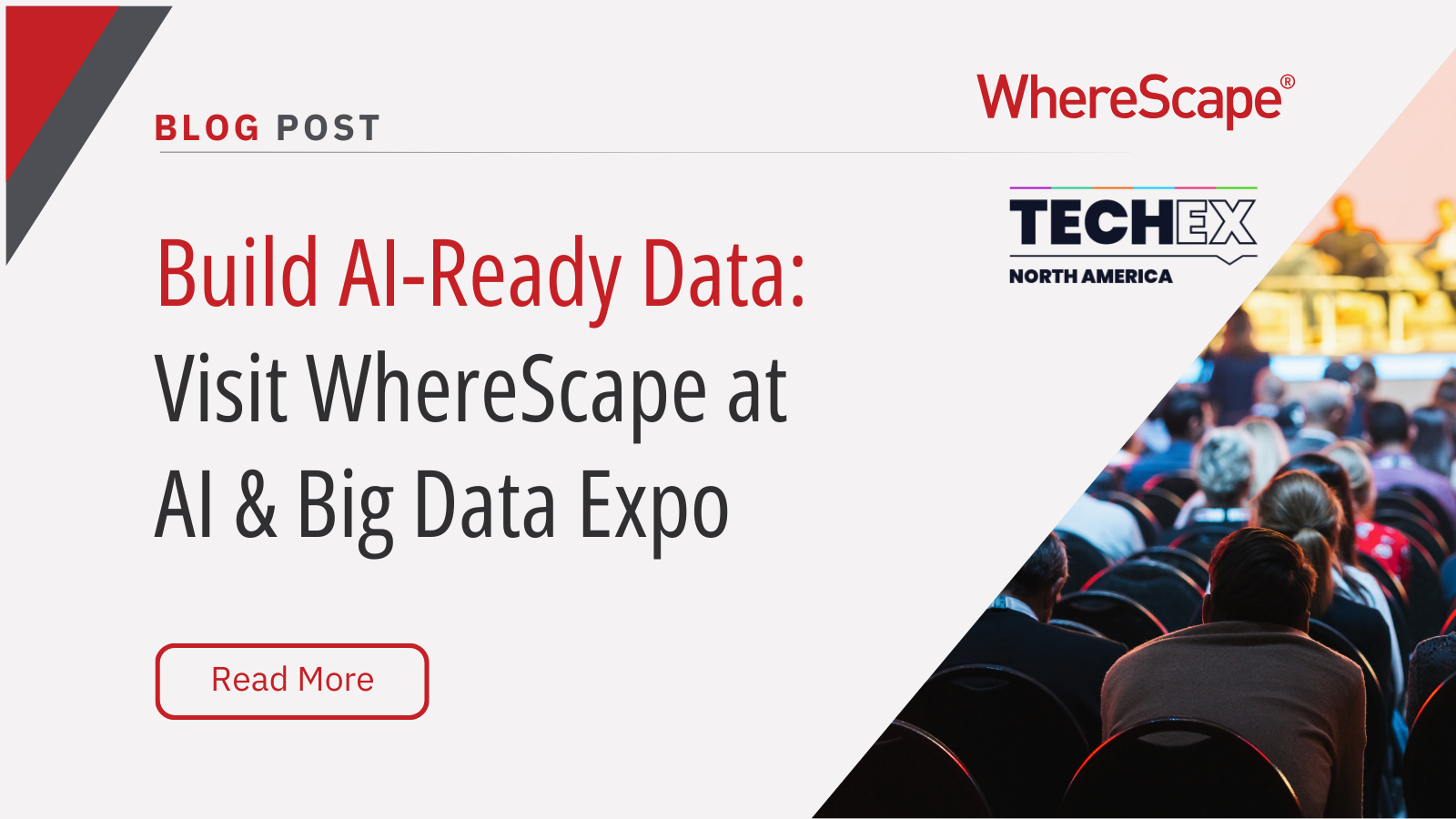Join our fast-and-friendly virtual tour to...
Breaking into a Data Vault
The term Data Vault evokes an image of a safe and secure place to store your most important, core data assets. A lot of engineering goes into its design and delivery to ensure it does that job. However, there also is another image—a large, steel door—that comes to mind. Vaults are designed to keep people out. Even the owners of the goods stored there must leap through some hoops to get in. In the case of the Data Vault the intention for access is the exact opposite: business people must certainly be able to get easily to the core data of the enterprise.
Breaking into a Data Vault should therefore be made extremely easy.
Bridging the Gap Between IT and Business
If that odd-sounding statement makes you pause for thought, it’s meant to. (Yes, it’s you I’m talking to: the IT person responsible for the Data Vault project!) Please carefully consider how to make business people feel welcome in the Data Vault—in fact, convince them they own it—before you begin designing, building, operating, and maintaining your Data Vault. The level of comfort of business people with the Data Vault will directly determine your success in this undertaking.
You have probably heard of the “Business-IT Gap.” It’s often more like a rift. And, many times, IT is responsible in large part for it: by being laser-focused on engineering. A Data Vault requires a stronger focus on the underlying structure and tooling than a more traditional data warehouse or data mart. It’s built on a set of design principles that are largely unfamiliar to the rest of the business. In fact, some of them require that business people change some of their thinking about data sourcing and quality.
Data Vaulting
Therefore, IT must make a special effort to bridge the rift before it becomes a chasm into which the Data Vault project could tumble. This requires an intentional focus on bringing business users and IT together from the earliest moments of the design and development process. Collaboration between business and IT begins with the initial analysis of the data sources and stretches all the way through to the data that lands on the user’s desk.
Rapid iteration of the design-to-delivery process in an integrated environment is key. Business users and IT sit together and review the data sources: what they offer and what they can’t, where there are data quality problems that must be addressed up front and where a work-around can be envisaged. It must be able to show what the output data will look like at very short notice. Speed and agility are key to maintaining business interest and (re-)gaining their trust.
WhereScape Data Vault Express
This is where WhereScape® Data Vault Express can help. Business and IT people can work hand-in-hand in very compressed timeframes to analyze sources and define target results, take live data through the process, and discover what works and where it fails—even within a single joint session. Business people can see progress before their very own eyes, rather than having to wait a few weeks for a project update. This is the speed of today’s business. And when business users see that IT is engaged at the same speed, trust grows. The temptation of self-service—to go off and build yet another spreadsheet solution—diminishes when the collaborative process offers early wins.
For your business users and, ultimately, for the success of the business, your goal in IT is to make breaking into a Data Vault a pleasure rather than a chore. Breaking into the Data Vault is part of a new white paper Meeting the Six Data Vault Challenges that I’ve written in collaboration with WhereScape. Download the white paper or watch this recent recorded webcast to learn how your IT team can have greater success in implementing the Data Vault methodology within your organization.
Coming soon, some thoughts on Locking in a Data Vault.
You can find the other blog posts in this series here:
Dr. Barry Devlin is among the foremost authorities on business insight and one of the founders of data warehousing, having published the first architectural paper on the topic in 1988. Barry is founder and principal of 9sight Consulting. A regular blogger, writer and commentator on information and its use, Barry is based in Cape Town, South Africa and operates worldwide.
WhereScape at TDWI Munich: Automate Data Vault on Databricks
WhereScape at TDWI Munich 2025: Automate a Full Data Vault on Databricks in Just 45 Minutes June 24–26, 2025 | MOC Munich, Germany As data complexity grows and business demands accelerate, scalable and governed data architectures are no longer optional—they're...
What Is OLAP? Online Analytical Processing for Fast, Multidimensional Analysis
Streamline your data analysis process with OLAP for better business intelligence. Explore the advantages of Online Analytical Processing (OLAP) now! Do you find it challenging to analyze large volumes of data swiftly? A Forrester study reveals that data teams spend...
Build AI-Ready Data: Visit WhereScape at AI & Big Data Expo
June 4–5, 2025 | Booth 202 | Santa Clara Convention Center As organizations scale their artificial intelligence and analytics capabilities, the demand for timely, accurate, governed, and AI-ready data has become a strategic priority. According to Gartner, through...
Automating Star Schemas in Microsoft Fabric: A Webinar Recap
From Data Discovery to Deployment—All in One Workflow According to Gartner, data professionals dedicate more than half of their time, 56%, to operational tasks, leaving only 22% for strategic work that drives innovation. This imbalance is especially apparent when...
What is a Data Model? How Structured Data Drives AI Success
What is a data model? According to the 2020 State of Data Science report by Anaconda, data scientists spend about 45% of their time on data preparation tasks, including cleaning and loading data. Without well-structured data, even the most advanced AI systems can...
ETL vs ELT: What are the Differences?
In working with hundreds of data teams through WhereScape’s automation platform, we’ve seen this debate evolve as businesses modernize their infrastructure. Each method, ETL vs ELT, offers a unique pathway for transferring raw data into a warehouse, where it can be...
Dimensional Modeling for Machine Learning
Kimball’s dimensional modeling continues to play a critical role in machine learning and data science outcomes, as outlined in the Kimball Group’s 10 Essential Rules of Dimensional Modeling, a framework still widely applied in modern data workflows. In a recent...
Automating Data Vault in Databricks | WhereScape Recap
Automating Data Vault in Databricks can reduce time-to-value by up to 70%—and that’s why we hosted a recent WhereScape webinar to show exactly how. At WhereScape, modern data teams shouldn't have to choose between agility and governance. That's why we hosted a live...
WhereScape Recap: Highlights From Big Data & AI World London 2025
Big Data & AI World London 2025 brought together thousands of data and AI professionals at ExCeL London—and WhereScape was right in the middle of the action. With automation taking center stage across the industry, it was no surprise that our booth and sessions...
Why WhereScape is the Leading Solution for Healthcare Data Automation
Optimizing Healthcare Data Management with Automation Healthcare organizations manage vast amounts of medical data across EHR systems, billing platforms, clinical research, and operational analytics. However, healthcare data integration remains a challenge due to...
Related Content
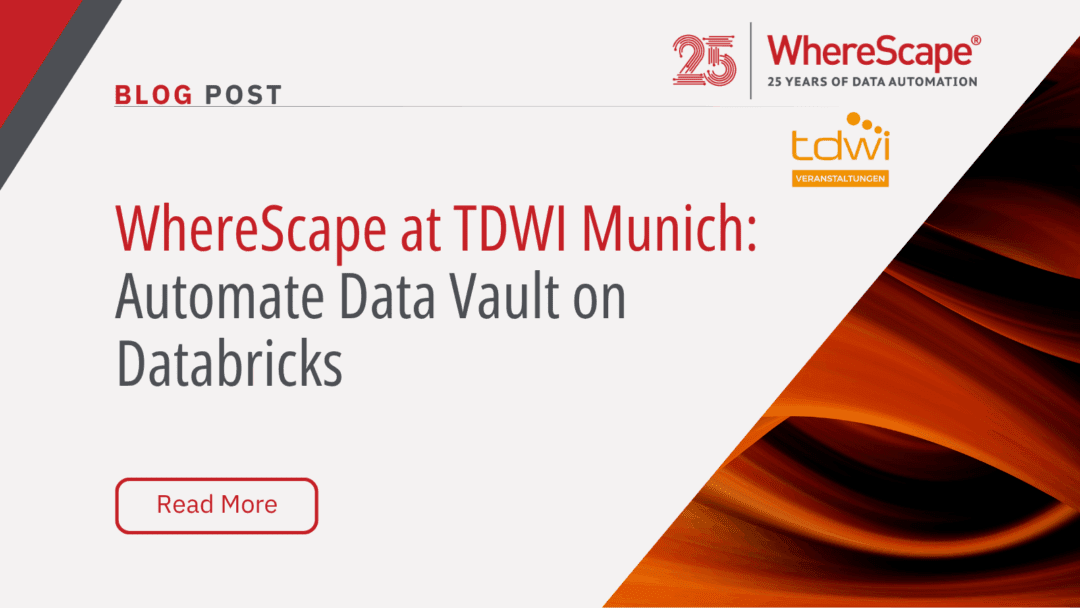
WhereScape at TDWI Munich: Automate Data Vault on Databricks
WhereScape at TDWI Munich 2025: Automate a Full Data Vault on Databricks in Just 45 Minutes June 24–26, 2025 | MOC Munich, Germany As data complexity grows and business demands accelerate, scalable and governed data architectures are no longer optional—they're...
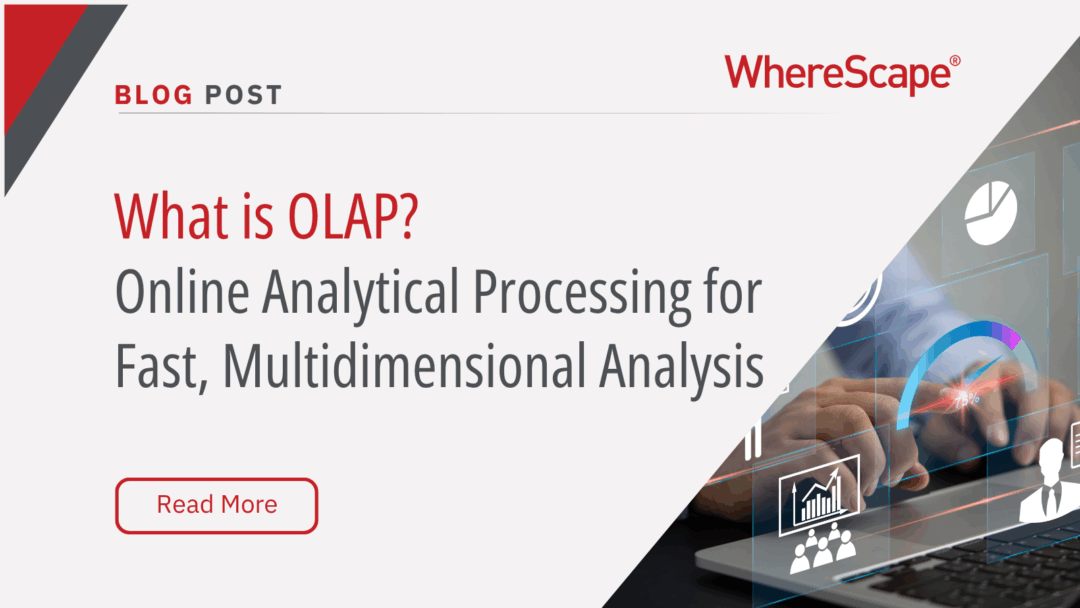
What Is OLAP? Online Analytical Processing for Fast, Multidimensional Analysis
Streamline your data analysis process with OLAP for better business intelligence. Explore the advantages of Online Analytical Processing (OLAP) now! Do you find it challenging to analyze large volumes of data swiftly? A Forrester study reveals that data teams spend...
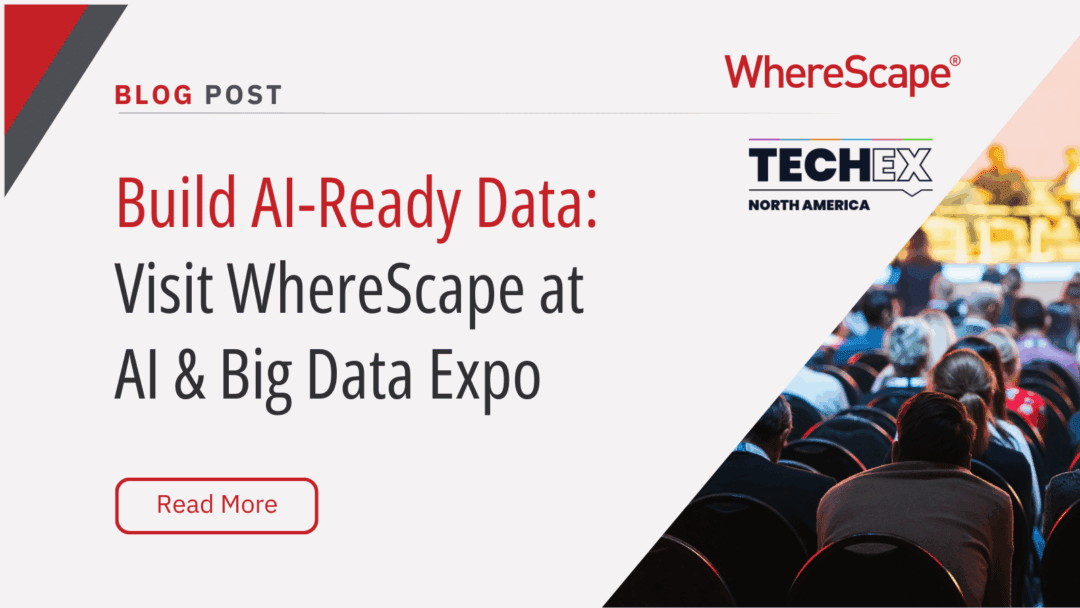
Build AI-Ready Data: Visit WhereScape at AI & Big Data Expo
June 4–5, 2025 | Booth 202 | Santa Clara Convention Center As organizations scale their artificial intelligence and analytics capabilities, the demand for timely, accurate, governed, and AI-ready data has become a strategic priority. According to Gartner, through...
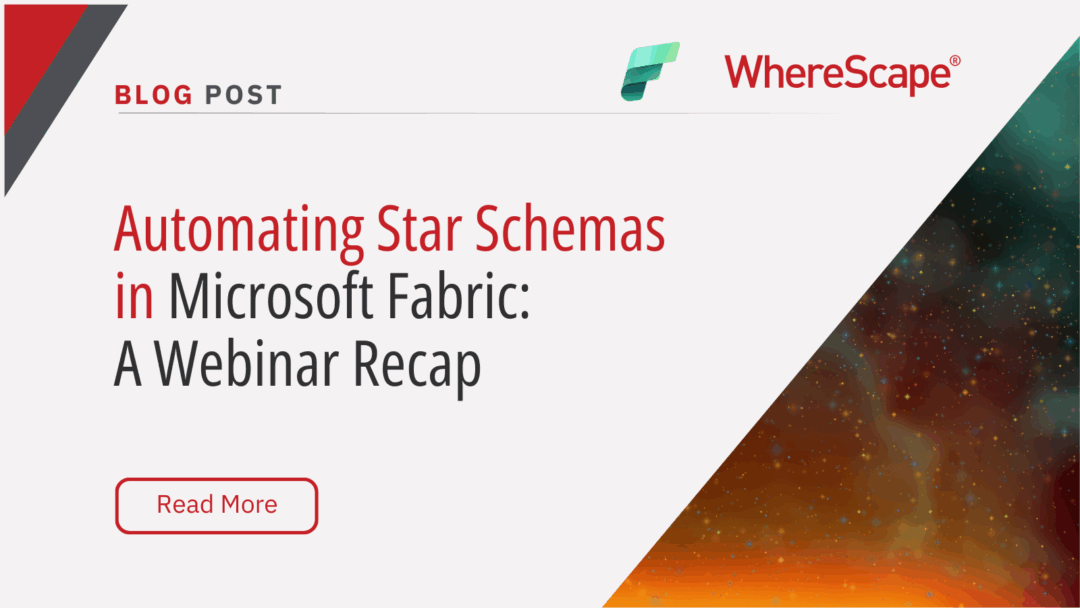
Automating Star Schemas in Microsoft Fabric: A Webinar Recap
From Data Discovery to Deployment—All in One Workflow According to Gartner, data professionals dedicate more than half of their time, 56%, to operational tasks, leaving only 22% for strategic work that drives innovation. This imbalance is especially apparent when...

